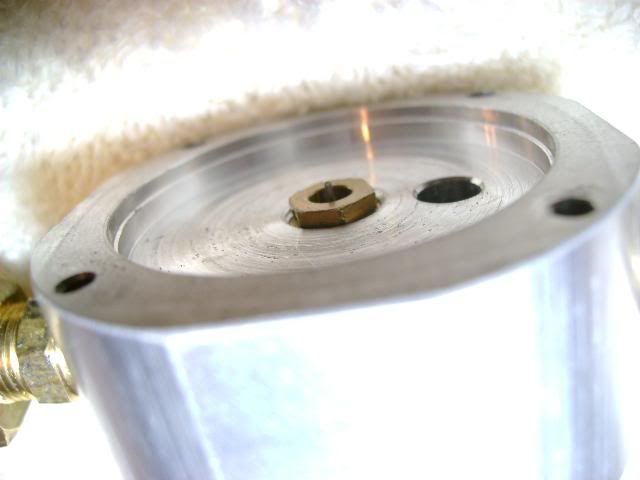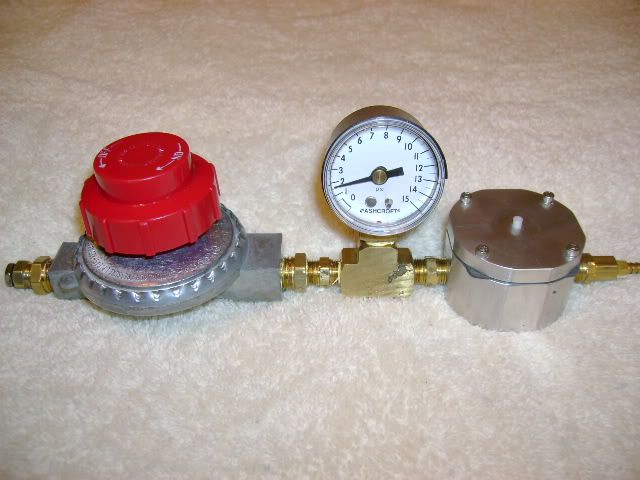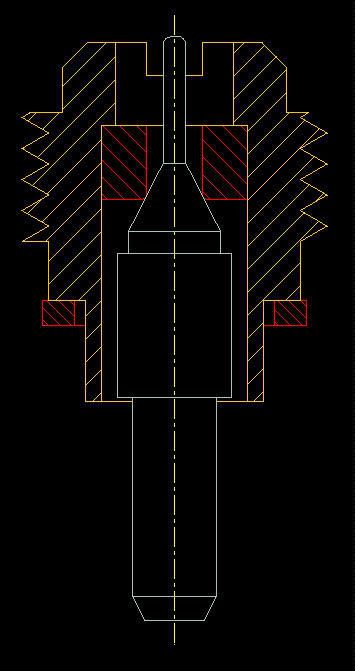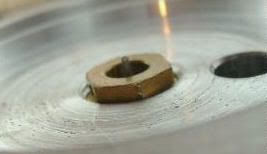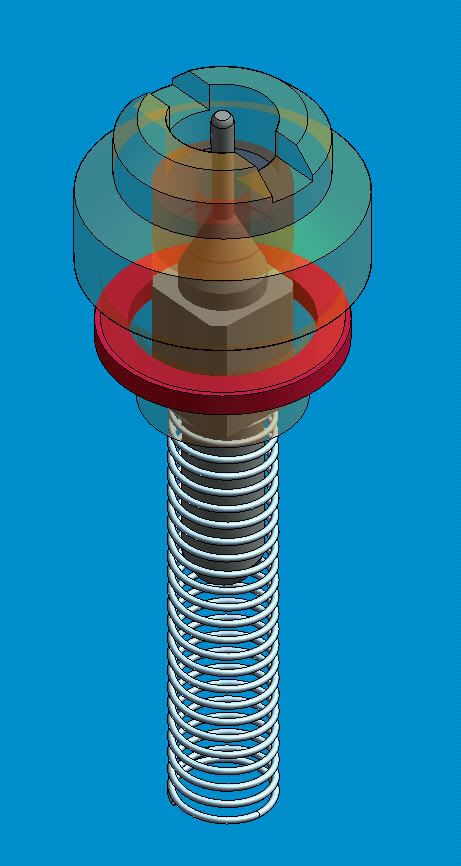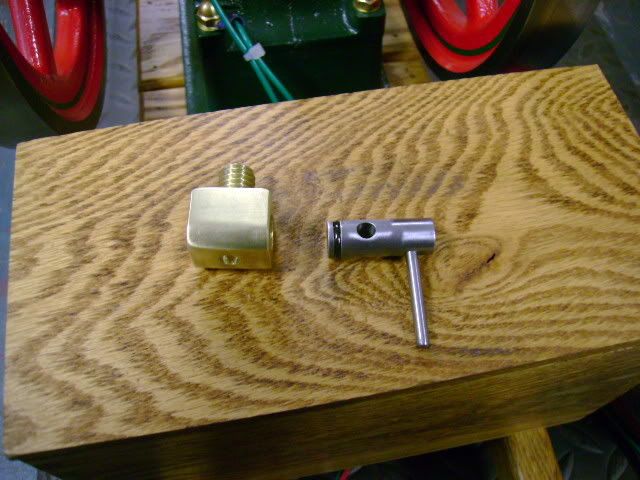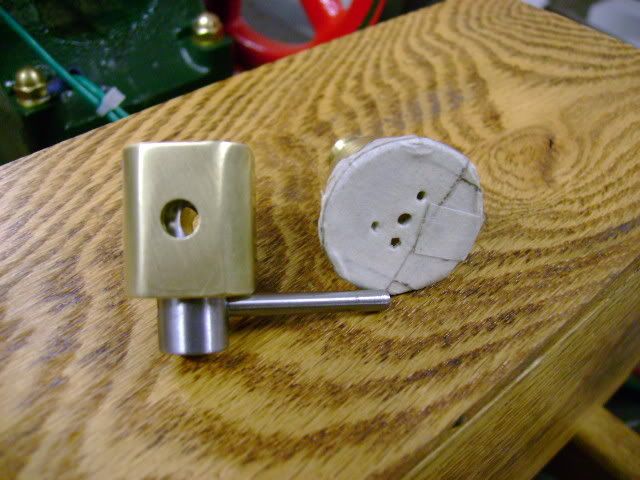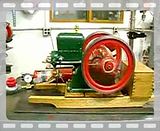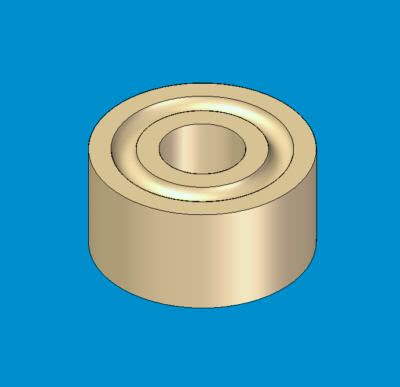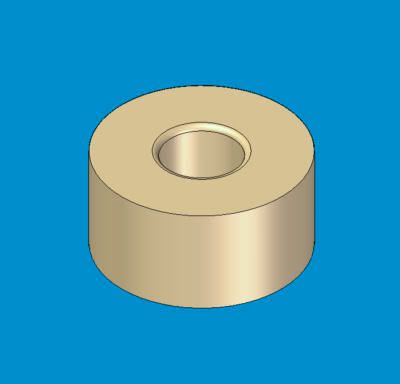BobWarfield
Well-Known Member
- Joined
- Dec 27, 2007
- Messages
- 1,151
- Reaction score
- 1
Propane is a great fuel. Lots of references to it if you Google. It has a higher octane than gasoline and it's pretty straightforward to convert any gasoline engine to run on propane.
Very powerful engines can run on it. I grew up in West Texas around oil drilling rigs that largely had their big industrial engines powered by LPG, propane, and similar gasses. Sometimes they could get it from a nearby gas well.
Lots of propane appliances around you can cannibalize or "borrow" from a regulator standpoint.
For example, I bought a turkey fryer (some on sale about now I'll bet) that came with a regulator setup to go back to a normal sized bottle. Flow control valves like Paula shows are readily available on eBay and are great metering devices if you don't know the right metering size.
BTW, that turkey fryer is great for boiling shrimp. It's fast, easy, and always a crowd pleaser as an appetizer before the main BBQ event. It's also easy to haul down to the beach. In short, I'd want one around even if I didn't ever borrow it to run my model engine.
Cheers,
BW
Very powerful engines can run on it. I grew up in West Texas around oil drilling rigs that largely had their big industrial engines powered by LPG, propane, and similar gasses. Sometimes they could get it from a nearby gas well.
Lots of propane appliances around you can cannibalize or "borrow" from a regulator standpoint.
For example, I bought a turkey fryer (some on sale about now I'll bet) that came with a regulator setup to go back to a normal sized bottle. Flow control valves like Paula shows are readily available on eBay and are great metering devices if you don't know the right metering size.
BTW, that turkey fryer is great for boiling shrimp. It's fast, easy, and always a crowd pleaser as an appetizer before the main BBQ event. It's also easy to haul down to the beach. In short, I'd want one around even if I didn't ever borrow it to run my model engine.
Cheers,
BW





